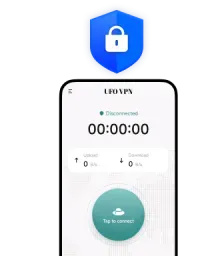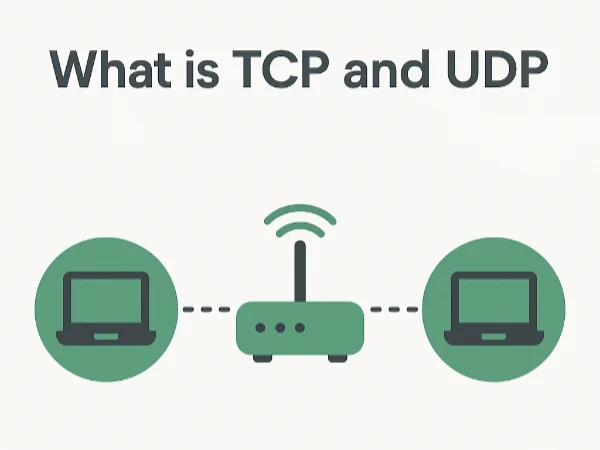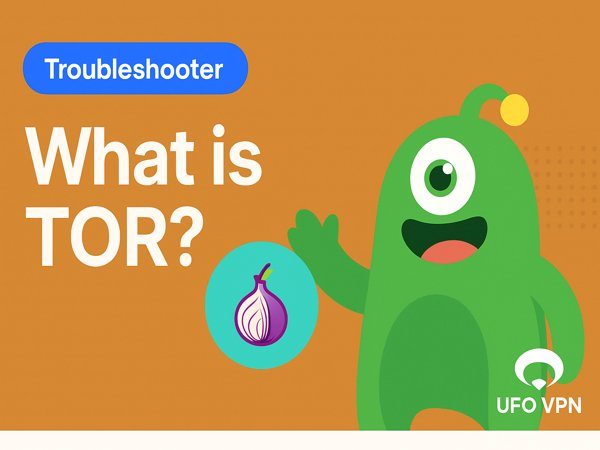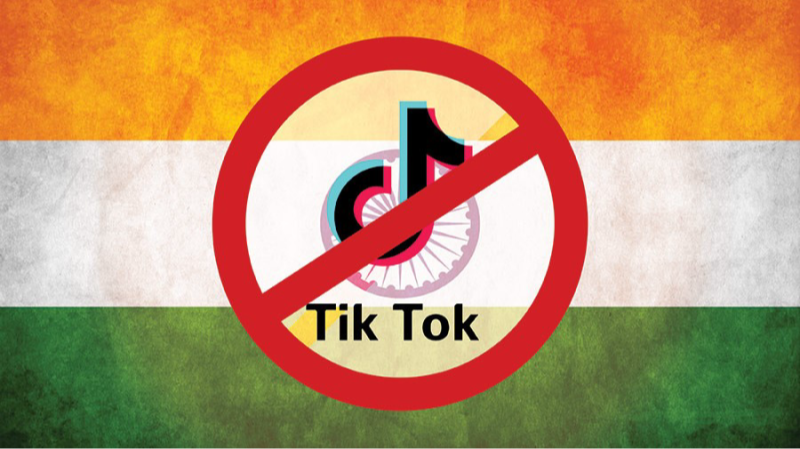The Evolution of WWW and Subdomains
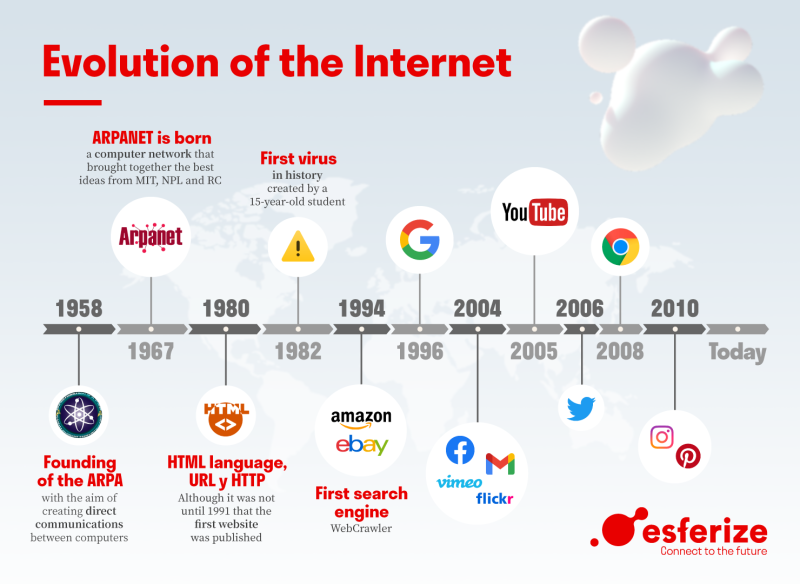
When the World Wide Web was born in the early 1990s, the “www” prefix became the de facto hostname for web servers hosting public website content. As traffic increased and organizations needed to scale, administrators introduced additional subdomains—like “www2,” “www3,” and so on—to distribute load across multiple servers:
-
Load Balancing: Directing user requests across several machines to prevent any single server from slowing down or crashing.
-
Geo-Distributed Hosting: Serving regional audiences by routing to servers located closer to the visitor’s location.
-
Staging and Testing: Reserving subdomains for development, testing, or beta releases without impacting the main site.
This practice laid the groundwork for understanding what is www2 and why many large websites continue this strategy.
Defining WWW2: Origins and Technical Explanation

What Is WWW2, Technically?
At its core, “www2” is simply a DNS entry pointing to a web server—just like “www.” There’s no universal configuration that distinguishes it from the main subdomain other than how the website owner has set it up:
-
DNS Records: A “www2” A or CNAME record directs traffic to a specific IP address or hostname.
-
Virtual Hosts: On the server side, virtual host configurations route incoming requests for “www2.example.com” to the appropriate web application or content directory.
-
SSL Certificates: To maintain secure HTTPS connections, administrators must include “www2” (and any numbered subdomain) in their TLS/SSL certificates.
Understanding these elements clarifies the www2 meaning: it’s an administrative label to help manage server resources, not an indication of a fundamentally different internet.
Common Uses of the WWW2 Prefix

1. Load Distribution
Large platforms experiencing high traffic volumes—such as news sites, e-commerce giants, and SaaS providers—often distribute user load across multiple servers. By assigning each server a numbered subdomain (e.g., “www2,” “www3,” “www4”), they ensure:
-
Faster response times
-
Reduced downtime risk
-
Seamless scalability during peak demand (e.g., product launches, flash sales)
2. Regional Content Delivery
To provide localized experiences, companies may route users to the nearest data center via subdomains:
-
www2.us.example.com for North America
-
www2.eu.example.com for Europe
-
www2.apac.example.com for Asia-Pacific
This approach minimizes latency and optimizes performance for global audiences.
3. Testing and Staging Environments
Developers sometimes use “www2” or higher-numbered subdomains to host staging sites that mirror production. This allows them to:
-
Validate new features without affecting live users
-
Conduct performance tests under realistic traffic loads
-
Gather QA feedback before full deployment
Differences Between WWW and WWW2
Although “www” and “www2” serve the same fundamental role—identifying a web server—their distinctions are purely organizational:
| Aspect | www | www2 |
| Default Hostname | Standard for public website content | Secondary hostname for load or testing |
| Server Allocation | Primary server(s) | Additional server(s) behind the scenes |
| DNS Configuration | A or CNAME record to main IP | Separate A or CNAME pointing elsewhere |
| User Experience | Identical if configured the same way | Transparent to users unless differently set |
In practice, most visitors won’t notice any difference—browsers and search engines treat both as equivalent subdomains.
Is WWW2 Safe? Security and Privacy Considerations

Web security hinges on proper configuration, regardless of subdomain. When you encounter “www2,” consider these factors:
-
SSL/TLS Encryption: Ensure the site uses HTTPS and that the certificate covers “www2.” A mismatch can trigger browser warnings.
-
Consistent Content: Verify that content on “www2” matches the primary domain to avoid phishing or spoofing risks.
-
Cookie and Session Management: Misconfigured cookies across subdomains can expose session tokens if not scoped correctly.
-
Firewall and Access Controls: Administrators should apply the same security policies—such as WAF rules and rate limiting—to all subdomains.
By paying attention to these details, you can confidently navigate any numbered prefix, knowing that a secure site remains secure whether it’s “www” or “www2.”
How Best free VPN Ensures Secure Access to Any Subdomain
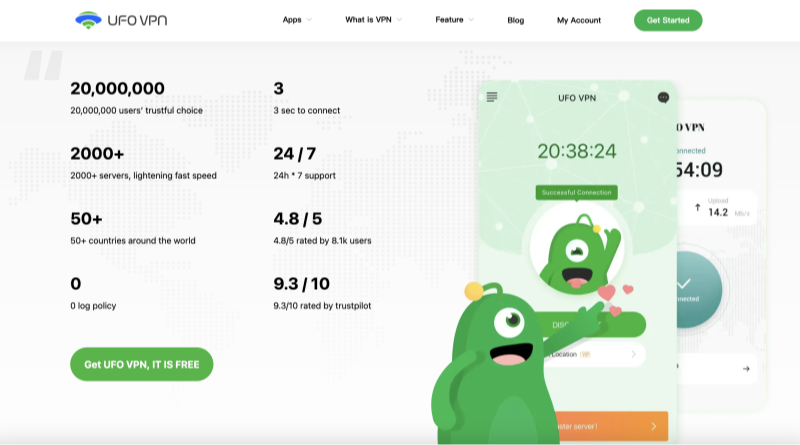
While subdomains like “www2” don’t inherently compromise security, browsing over public or untrusted networks can expose you to risks. UFO VPN offers:
-
End-to-End Encryption: All data between your device and any subdomain is encrypted with military-grade protocols.
-
IP Masking: Hide your real IP address from site owners and potential eavesdroppers, ensuring anonymity.
-
Bypass Content Filters: Whether accessing “www2” for testing or reaching geo-restricted content, UFO VPN enables unrestricted browsing.
-
Multi-Device Support: Protect your PC, smartphone, and router-level traffic simultaneously.
By tunneling your connection through a secure server, you treat “www2.example.com” with the same confidentiality as “www.example.com,” shielding your traffic from ISPs and attackers alike.
Troubleshooting Access to WWW2: Common Issues and Solutions
| Issue | Possible cause | Recommended Fix with UFO VPN |
| Certificate Warning for “www2” | Missing SAN entry in SSL certificate | Connect via UFO VPN to avoid ISP cache or DNS hijack |
| Slow Load Times on “www2” | Geo-distance to server | Switch to a VPN server near the host region |
| “Site Not Found” Errors | DNS misconfiguration or ISP block | Use UFO VPN’s DNS leak protection |
| Mixed Content Warnings | Unsecured resources (HTTP) on HTTPS | VPN won’t fix, but notify site owner or use dependable network |
These quick remedies help you diagnose why a numbered subdomain might misbehave and how a robust VPN can resolve many connectivity headaches.
Best Practices for URL Navigation and Online Privacy
-
Always Verify HTTPS: Look for the padlock icon, and click to confirm the certificate covers the subdomain.
-
Use Trusted DNS: Whether through your VPN or a secure public DNS, avoid malicious redirections.
-
Clear Cookies Periodically: Subdomain cookies can persist longer than you expect—regular cleaning prevents session leakage.
-
Enable VPN on All Networks: From coffee shops to airport Wi-Fi, protect yourself every time you connect.
Adopting these habits ensures that your understanding of what is www2 translates into safer, more informed browsing.
Frequently Asked Questions (FAQ)
Q1: Can “www2” affect my website’s SEO or search rankings?
A1: No, search engines treat “www” and “www2” as separate hostnames unless you explicitly tell them they’re the same site. To prevent duplicate‐content penalties, use canonical tags or 301 redirects from “www2” back to your primary domain.
Q2: How do I verify that “www2” is correctly configured?
A2:
-
DNS Lookup: Use tools like
digor online DNS checkers to confirm the “www2” A/CNAME record points to the correct IP or hostname. -
Browser Test: Visit
https://www2.example.comand inspect the SSL certificate sidebar to ensure it matches your domain. -
Server Logs: Review access logs to see requests coming through “www2” and verify they’re reaching the intended virtual host.
Q3: Could cybercriminals exploit “www2” to spoof my site?
A3: Yes—if you fail to secure your “www2” subdomain, attackers can create lookalike sites. Mitigate this by:
-
Including “www2” in your SSL/TLS certificate’s SAN list.
-
Keeping software and frameworks up to date on the “www2” server.
-
Monitoring for unauthorized DNS or hosting changes.
Q4: Is it possible to automatically redirect all “www2” traffic to “www”?
A4: Absolutely. Implement a server‐level 301 redirect in your web server configuration (e.g., Apache’s .htaccess or Nginx’s server block) so that any request to “www2.example.com” is permanently redirected to “www.example.com.” This preserves SEO equity and ensures users see a consistent URL.
Q5: Should I include “www2” in my HSTS policy and security headers?
A5: Yes. If you serve content over HTTPS on “www2,” add it to your HTTP Strict Transport Security (HSTS) includeSubDomains directive or explicitly list it in the preload list. This ensures visitors cannot downgrade to HTTP or be intercepted on that subdomain.
Q6: How can UFO VPN help when accessing “www2” subdomains on restricted networks?
A6: Even if a network or ISP blocks your primary site or specific subdomain, UFO VPN can:
-
Tunnel around DNS or IP blocks to reach “www2.”
-
Encrypt the connection so filtering appliances can’t inspect which subdomain you’re visiting.
-
Offer alternative DNS resolution to avoid hijacked or poisoned entries for “www2.”
Conclusion
The “www2” prefix is neither mysterious nor malicious—it’s simply an administrative tool for scaling, regional delivery, and testing. Grasping what is www2 and the www2 meaning behind subdomains empowers you to navigate URLs confidently. Coupled with the robust security and privacy features of UFO VPN, you can browse “www2,” “www3,” or any numbered hostname without fear of eavesdropping, throttling, or censorship. Embrace the full potential of the web—subdomain prefixes included—while keeping your connection locked down and your personal data private.


